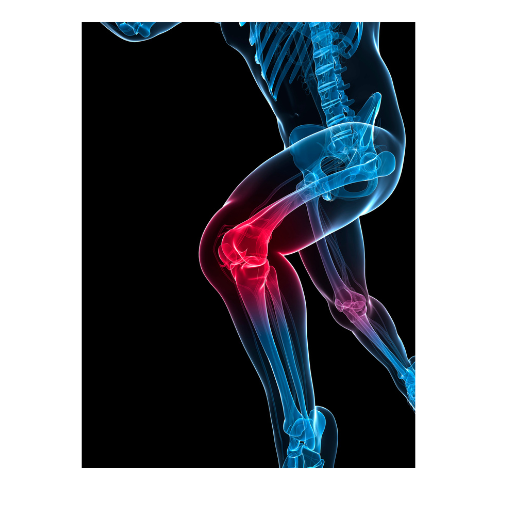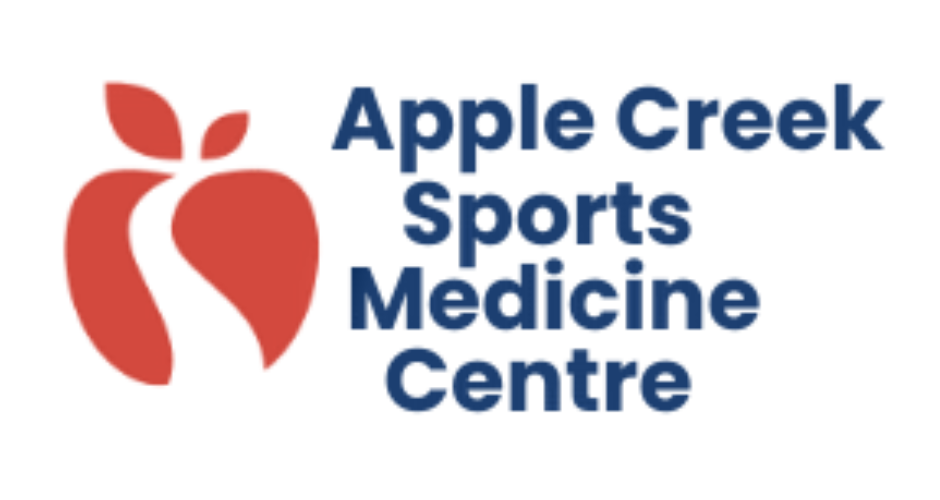
Understanding Overuse Injuries: Prevention Strategies for Athletes
Jordan Katz, Physiotherapist

What Are Overuse Injuries?
Overuse injuries occur when repetitive stress is placed on a specific part of the body without adequate time for recovery. Unlike acute injuries, which happen suddenly (like a sprained ankle), overuse injuries develop slowly and result from the cumulative effect of repetitive motions. Usually these injuries lead to slowly progressing pain and/or limitations, but sometimes the pain and/or limitations are not noticed until they become severe.
Common Examples:
- Runner’s Knee (Patellofemoral Pain Syndrome)
- Tennis Elbow (Lateral Epicondylitis)
- Shin Splints (Medial Tibial Stress Syndrome)
- Rotator Cuff Tendinitis
- Stress Fractures
These injuries often stem from a combination of factors, including poor technique, inadequate recovery, and sudden increases in training intensity or volume.
Why Do Overuse Injuries Happen?
Several key factors contribute to overuse injuries:
1. Training Errors
Sudden increases in the intensity, frequency, or duration of training can overload the body’s tissues, leading to microtrauma that accumulates over time.
2. Biomechanical Imbalances
Poor alignment, muscle imbalances, or improper technique can place excessive stress on certain joints or tissues.
3. Inadequate Recovery
Recovery is when the body repairs and strengthens itself. Without sufficient rest or proper nutrition, tissues don’t have time or proper nutrients to heal, increasing the risk of injury.
4. Improper Equipment
Worn-out shoes, poorly fitted gear, or the wrong equipment for your sport can contribute to overuse injuries.
Prevention Strategies for Athletes
The good news is that overuse injuries are often preventable. Here are some strategies to help keep you in the game:
1. Gradual Progression
Avoid making sudden jumps in your training volume or intensity. Follow the “10% rule” by increasing your workload (combination of volume and intensity) by no more than 10% per week.
2. Focus on Technique
Proper form is critical. Consider working with a coach, Physiotherapist or Athletic Therapist to identify and correct any biomechanical issues or bad habits and improve technique.
3. Cross-Training
Incorporate different types of exercise to avoid overloading the same muscles and joints. For example, swimmers can benefit from strength training, and runners might add cycling to their routine.
4. Prioritize Recovery
Schedule regular rest days and include recovery techniques such as stretching, foam rolling, and massage. Sleep and nutrition are also a crucial component of recovery.
5. Listen to Your Body
Pay attention to any signs of discomfort or pain. Don’t ignore these signals; they’re your body’s way of telling you to ease up and/or look for changes or help.
6. Invest in Proper Gear
Ensure your footwear and other equipment are suited to your sport and body mechanics. Replace worn-out equiptment promptly to maintain proper support and protection
7. Strength and Conditioning
Strengthen the muscles around vulnerable joints to improve stability and resilience. Focus on core strength, as it plays a key role in overall body mechanics.
When to Seek Help
If you notice persistent pain or discomfort that doesn’t improve with rest, it’s time to consult a professional. As a Physiotherapist, I can assess your condition, identify contributing factors, and create a personalized treatment plan to get you back to doing what you love.
Final Thoughts
Overuse injuries may be common, but they don’t have to be inevitable. By understanding the causes and implementing prevention strategies, you can stay healthy and perform at your best. Remember, it’s better to take a proactive approach than to deal with the frustration of being sidelined.
About the Author:
Jordan Katz has combined his Sports/Athletic therapy education and Physiotherapy education to provide high level rehabilitation services to a wide range of populations.
For more information about Jordan, click here

